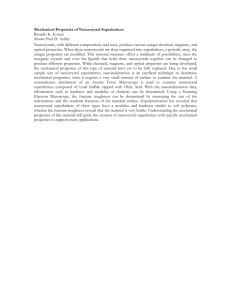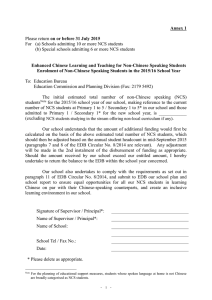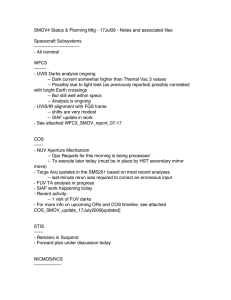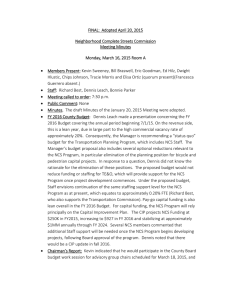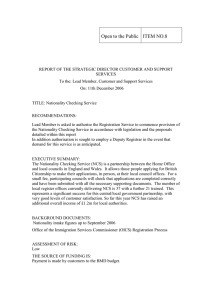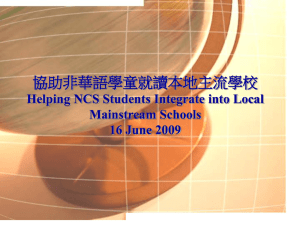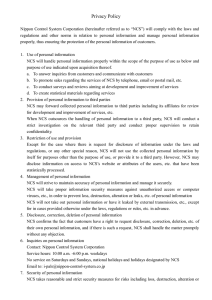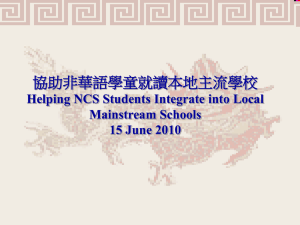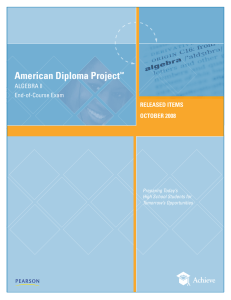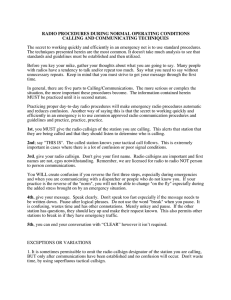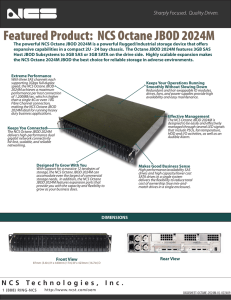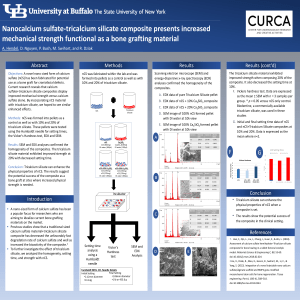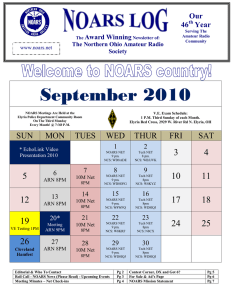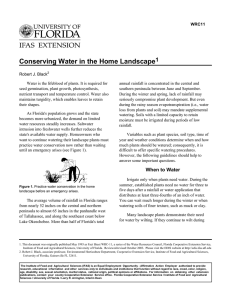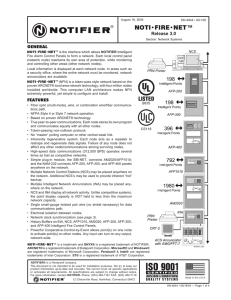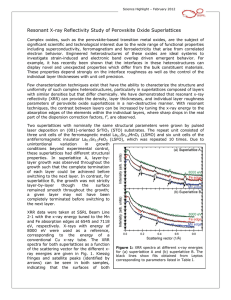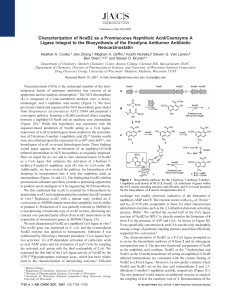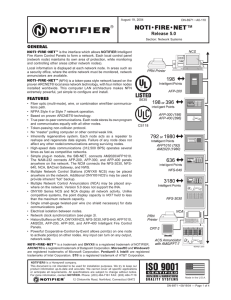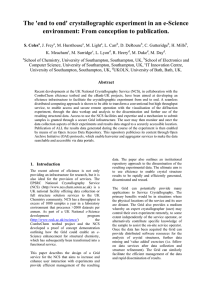Preparation and properties of muti-component nanocrystal superlattices Christopher B. Murray
advertisement
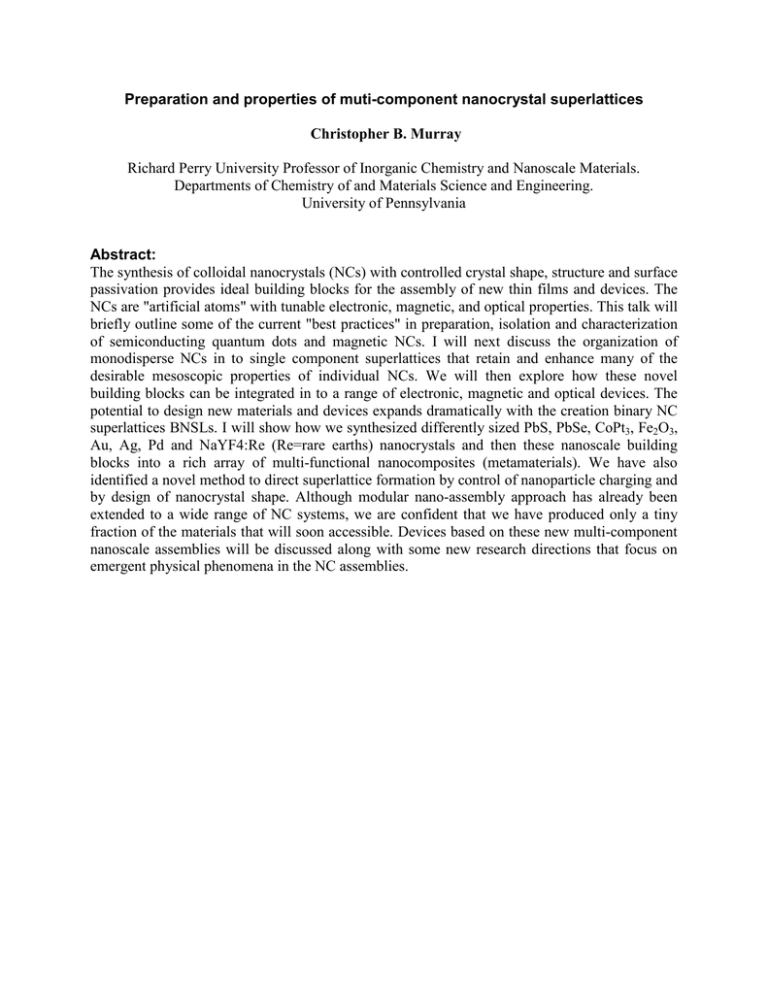
Preparation and properties of muti-component nanocrystal superlattices Christopher B. Murray Richard Perry University Professor of Inorganic Chemistry and Nanoscale Materials. Departments of Chemistry of and Materials Science and Engineering. University of Pennsylvania Abstract: The synthesis of colloidal nanocrystals (NCs) with controlled crystal shape, structure and surface passivation provides ideal building blocks for the assembly of new thin films and devices. The NCs are "artificial atoms" with tunable electronic, magnetic, and optical properties. This talk will briefly outline some of the current "best practices" in preparation, isolation and characterization of semiconducting quantum dots and magnetic NCs. I will next discuss the organization of monodisperse NCs in to single component superlattices that retain and enhance many of the desirable mesoscopic properties of individual NCs. We will then explore how these novel building blocks can be integrated in to a range of electronic, magnetic and optical devices. The potential to design new materials and devices expands dramatically with the creation binary NC superlattices BNSLs. I will show how we synthesized differently sized PbS, PbSe, CoPt3, Fe2O3, Au, Ag, Pd and NaYF4:Re (Re=rare earths) nanocrystals and then these nanoscale building blocks into a rich array of multi-functional nanocomposites (metamaterials). We have also identified a novel method to direct superlattice formation by control of nanoparticle charging and by design of nanocrystal shape. Although modular nano-assembly approach has already been extended to a wide range of NC systems, we are confident that we have produced only a tiny fraction of the materials that will soon accessible. Devices based on these new multi-component nanoscale assemblies will be discussed along with some new research directions that focus on emergent physical phenomena in the NC assemblies.
